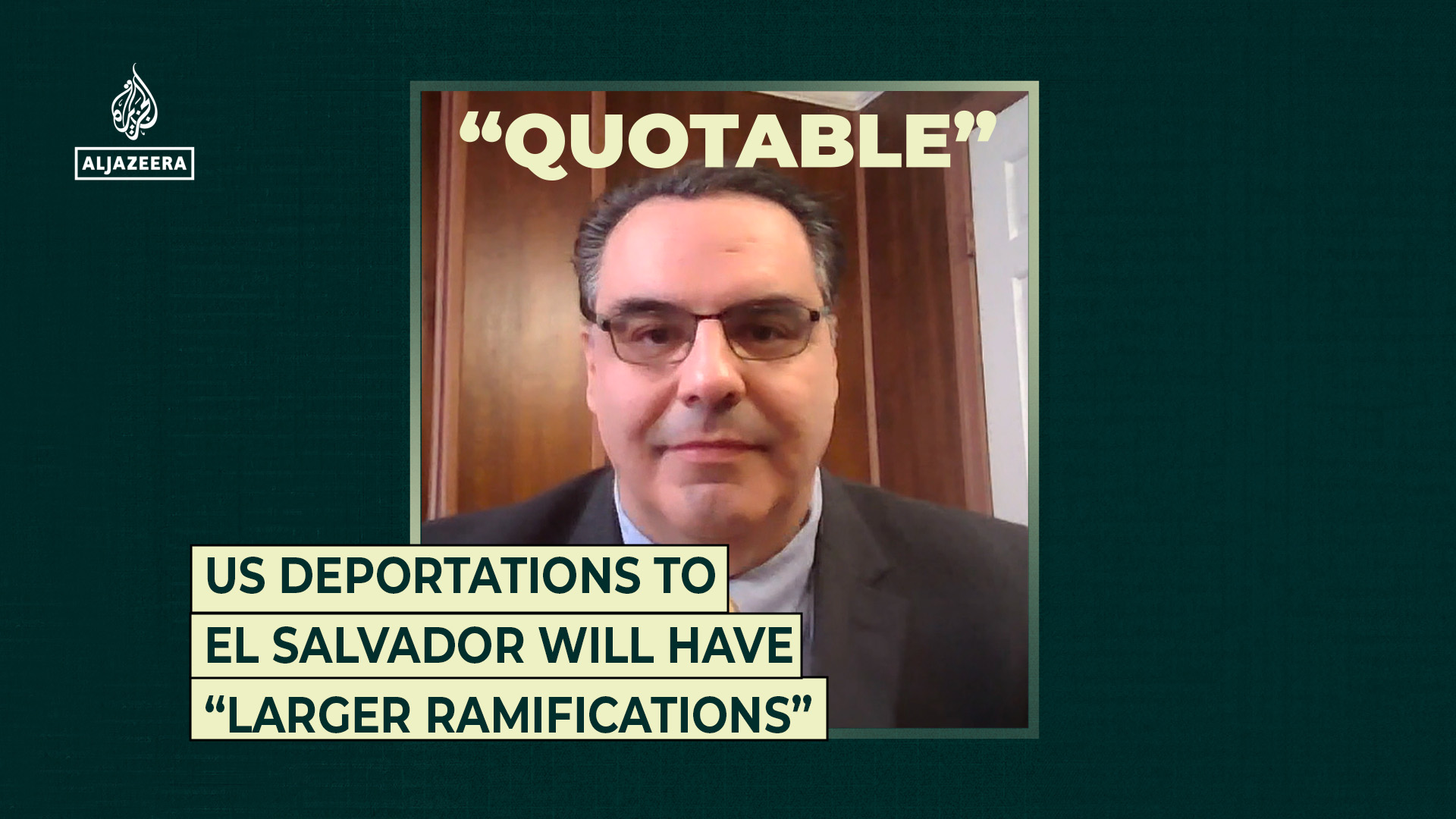As he waited for a donor transplant, an Australian man with heart failure became the first person in the world to live for more than 100 days with an artificial titanium heart.
The discovery raises the possibility that donor transplants may one day be made redundant with fully mechanical hearts.
According to the World Health Organization, heart diseases and surrounding blood vessels cause about 17.9 million deaths annually worldwide, accounting for about 17.9 million.
How does the titanium heart function and how does it address the global donor shortage?
What transpired regarding the man who had a heart implant?
The 40-year-old man with a fully artificial heart implant was the first patient to be released from a hospital.
The patient, who was suffering from severe heart failure, was implanted into the titanium-based BiVACOR Total Artificial Heart (TAH) during a six-hour operation at St Vincent’s Hospital in Sydney in November 2024.
The patient was discharged in early February after a short while in intensive care followed by hospital observation.
Before receiving a donor heart transplant on March 6, he spent 105 days with the artificial heart, and he is recovering well, according to his doctors.
Has anyone undergone a heart transplant using titanium?
A 57-year-old man with end-stage heart failure was given the BiVacOR TAH at Baylor St. Luke’s Medical Center in Houston, Texas, in July 2024.
The titanium heart, which acts as a replacement for a real heart transplant, was the first to be implanted into a human being. Up until a donor heart was available, the device kept the patient in the hospital for eight days.
Four other US men in their mid-forties to mid-sixties also received the BiVACOR TAH between July and November 2024. Within a month, each patient was successfully transitioned to a donor heart transplant. None of the US patients who were wearing the device left the hospital.
Could there be a shortage of heart donors?
By keeping patients alive while they wait for a genuine heart transplant, the titanium heart might be able to address the donor shortage. However, it’s still not certain whether a human heart will ever be able to last forever.
For instance, the US’s Food and Drug Administration (FDA) approved a five-person early feasibility study, with plans to expand the study to 15 more patients in the upcoming months. Such trials are designed to find out whether a titanium heart can keep patients alive while they wait for a transplant.
There aren’t enough donors available, so finding one can take some time, and matching a heart to a patient can be difficult. For instance, patients on the regular waiting list for a donor heart in the United Kingdom typically wait 18 to 24 months. Because of their greater urgency, those who are in need of a heart may be given one sooner.
Worldwide, there are at least 26 million people who have heart failure, including 6.2 million Americans who are adults. Less than 6, 000 heart transplants are performed globally every year, limiting the number of rare heart transplants to the most severe cases.
What is the operation of a titanium heart?
A titanium artificial heart operates in very different ways. This artificial heart does not beat at all, but a natural heart does by squeezing and relaxing to pump blood.
Instead, the body’s internal disc is spinning, which circulates blood around the body. There is no friction and a lower chance of it deteriorating over time because this disc never floats in place and never touches anything with magnets.
The artificial heart requires a small external controller that is plugged into a power source at night and runs on batteries during the day. To connect this controller to the heart, a thin cable runs beneath the skin.
The left side of the heart, typically the artificial heart device, is typically replaced by the majority of artificial heart devices. However, the BiVACOR heart completely replaces the organ, making it possible for those who are unable to survive without a donor heart because their entire heart is failing.
Why did titanium go into creating artificial hearts?
Titanium was chosen because it is strong, light, and corrosion resistant, making it ideal for body use for a long time. This artificial heart only has one spinning disc, which reduces the chance of failing, in contrast to other artificial hearts, which have multiple moving parts that can wear out.
The SynCardia Total Artificial Heart was the most frequently used medical device for patients with severe heart failure prior to the development of the BiVACOR artificial heart.
The SynCardia heart, which was approved by the FDA in the early 2000s, is primarily made of polyurethane, a durable plastic. More than 2, 000 patients in 20 different countries have waited patient heart transplants for the past 20 years because it has been temporarily implanted in them. The SynCardia device, however, has a lot of moving parts that can get tiresome over time. It is a fairly large and complicated device.
Additionally, heart failure treatment using animal organs has been explored by scientists. The first genetically modified pig heart transplant to a human patient with severe heart disease was performed in January 2022 at the University of Maryland Medical Center in the US.
Despite having a successful initial treatment, the patient developed complications and passed away shortly after two months.
A titanium heart could last how long?
No one is currently aware of the exact lifespan of a human titanium heart. The device has been operational continuously for more than four years without showing any signs of failure in lab tests.
The BiVACOR team has stated that more studies are needed to determine whether the titanium heart could serve as a long-term replacement rather than just a temporary replacement for a transplant, despite the Australian man’s 100-day trial being the longest ever conducted on a human.
Daniel Timms, an Australian doctor who was inspired by his father’s heart condition, started working on the idea in 2001 when he completed his PhD at Queensland University of Technology in Australia. Since then, it has gone through extensive animal testing, redesign, and research.
What difficulties does having an artificial heart present?
Immune rejection, in which the body attacks the new organ as a foreign object, is one of the biggest obstacles to organ transplants.
The rejection risk is lower with donor hearts or pig heart transplants because the BiVACOR titanium heart does not contain any biological tissue. Trial protocols, however, indicate that patients continue to take blood-thinning medication to stop the device from clotting.
Additionally, BiVACOR heart patients must always be power-supplied throughout.










